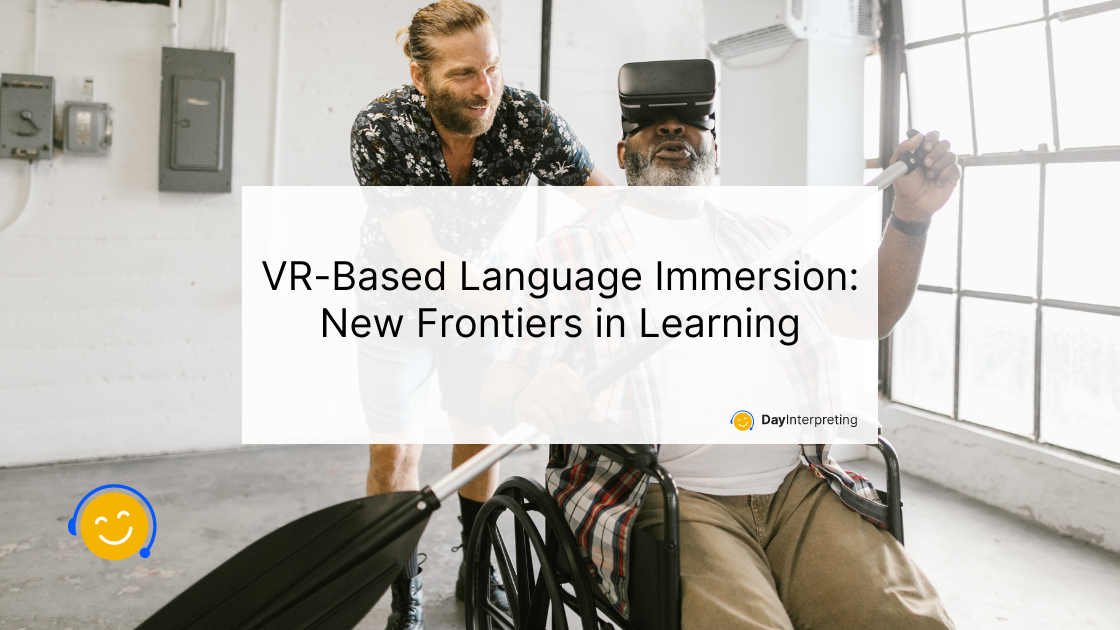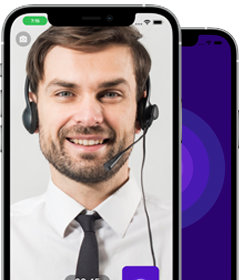In the ever-evolving landscape of education, Virtual Reality (VR) has emerged as a game-changer, especially in the realm of language learning. Imagine stepping into a virtual world where you can not only hear and read a language but also interact with native speakers and explore cultural nuances firsthand. This is the promise of VR-based language immersion, a technology that is revolutionizing how we learn languages.
What is Virtual Reality Language Immersion?
Virtual Reality language immersion combines cutting-edge VR technology with language learning programs to create immersive environments where learners can practice speaking, listening, and interacting in a foreign language. Instead of traditional classroom methods, VR transports learners to realistic scenarios like ordering food in a café in Paris or negotiating a business deal in Tokyo.
How Does VR-Based Language Immersion Work?
VR-based language immersion works through specialized software and VR headsets. Learners wear the headset, which immerses them in a 3D environment where they can see and interact with objects, people, and settings relevant to the language they’re learning. Advanced speech recognition software allows learners to speak in the target language, receiving real-time feedback and corrections.
Benefits of VR-Based Language Immersion
- Real-world Context: Learners are exposed to real-life situations, improving their ability to understand and communicate in authentic contexts.
- Increased Engagement: The interactive nature of VR keeps learners engaged and motivated, leading to better retention of language skills.
- Cultural Understanding: VR experiences often include cultural aspects, helping learners understand cultural nuances and customs.
- Personalized Learning: VR platforms can adapt to learners’ progress, providing personalized challenges and feedback.
- Overcoming Fear of Speaking: VR provides a safe environment to practice speaking without the fear of judgment, boosting confidence.
Case Studies: Success Stories in VR Language Learning
Language Schools Embrace VR
Many language schools and institutions have integrated VR into their curriculum, reporting significant improvements in student engagement and proficiency levels.
Corporate Training
Companies use VR language immersion for employee training, especially for international business communication skills, leading to more effective global collaboration.
Individual Learners
VR language apps are gaining popularity among individual learners who seek immersive and interactive ways to learn languages on their own schedule.
Advancements in VR Technology for Language Learning
One of the key factors driving the success of Virtual Reality language immersion is the rapid advancements in VR technology. VR headsets are becoming more affordable and accessible, making them viable tools for a wider range of learners. Additionally, improvements in graphics, audio, and haptic feedback create increasingly realistic and immersive environments, enhancing the overall learning experience.
Gamification and Learning in VR
Gamification, the integration of game elements into non-game contexts, is a powerful strategy used in VR language immersion. By gamifying language learning, VR platforms leverage rewards, challenges, and interactive scenarios to keep learners motivated and engaged. For example, learners may earn points or unlock levels as they successfully navigate language challenges within the virtual environment.
Accessibility and Inclusivity
As VR technology evolves, efforts are being made to improve accessibility and inclusivity in VR language learning. This includes designing interfaces and experiences that accommodate diverse learning styles, abilities, and preferences. Features such as customizable settings, language options, and inclusive content contribute to a more inclusive learning environment.
Data-driven Insights and Analytics
Another advantage of VR language immersion is the ability to collect data-driven insights and analytics. VR platforms can track learners’ interactions, performance metrics, and learning patterns, providing valuable feedback to educators and learners alike. This data-driven approach enables personalized learning pathways and continuous improvement in language proficiency.
Conclusion: Embracing the Virtual Language Learning Revolution
In conclusion, Virtual Reality language immersion represents a revolutionary shift in how we approach language learning. By harnessing the power of immersive technology, gamification, social interaction, and data-driven insights, VR is transforming learning experiences and empowering learners worldwide. As we continue to embrace these innovations and explore new frontiers, the potential for VR to reshape education and cross-cultural communication is truly limitless.





0 Comments